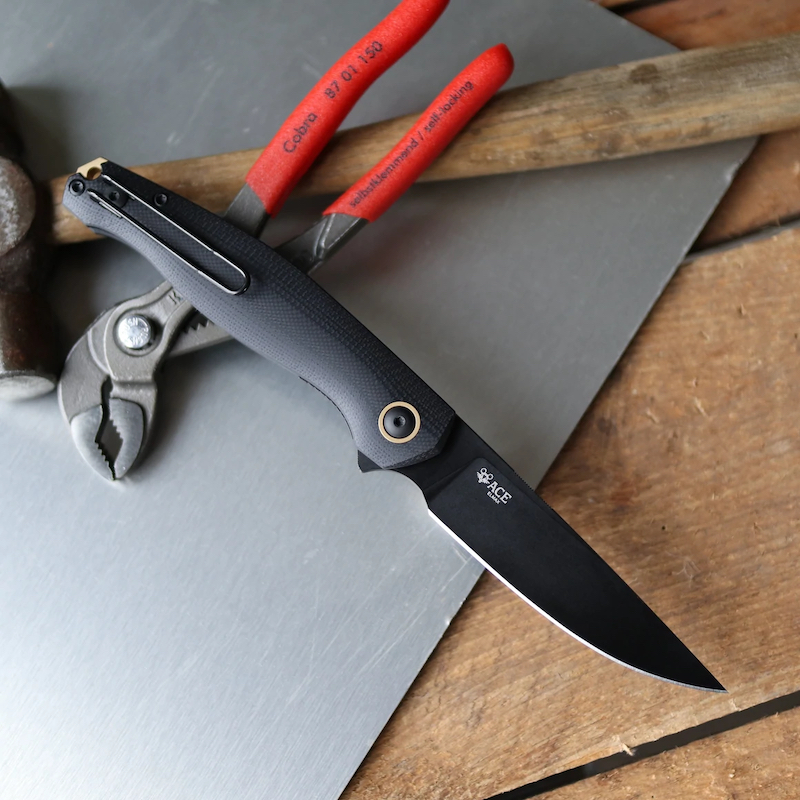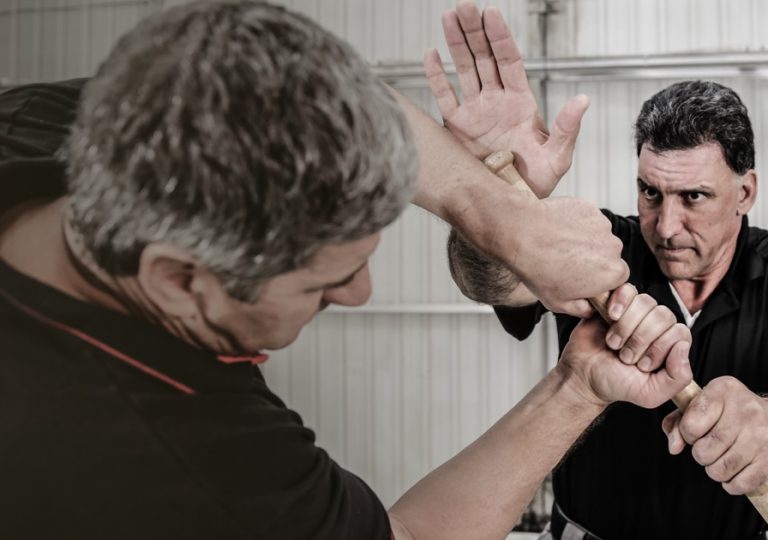Weapons are commonly considered part and parcel of any use of force continuum in response to an active threat that is both exigent and places you, and/or those nearby, in immediate jeopardy. The ability to defend oneself and others from harm is a fundamental human right. An important aspect of personal safety is the understanding of effective weapon selection and use.

Applying good situational awareness at the very onset of such an undesired event as an active threat (active shooter, mugging, home invasion, human trafficking, gang violence, opportunists, etc.), will help you to altogether avoid a physical altercation. However, in some cases, proactive measures may not be enough. Individuals may find themselves in a reactive condition of mitigating or defending against a threat. In such situations, it is crucial to have a clear understanding of the different types of weapons, and how to select and use them.
Reacting to an active threat means that you have exhausted all non-physical options and are now subject to physical response (use of force) options. Such options are to get yourself to a safer place. However, given who is with you and based on the conditions at hand you may have no remaining viable options other than to slug it out with your adversaries.
Choosing to fight your way out of a nasty situation means that you have accepted the fact that you will most likely incur physical injury and possibly irreparable damage. Depending upon the severity of the altercation, the price for participation could be as high as severe bodily injury or even death. To mitigate that potential cost, there are at least three use-of-force options referencing weapon selection: ballistic weapons, non-ballistic weapons, and personal weapons.
Ballistic Weapons
Ballistic weapons are anything that can launch a projectile regardless of the propulsion system. Any such weapon ranging from a single-shot derringer to a crossbow to a fully automatic rifle to a belt-fed machine gun is considered a ballistic weapon. When selecting a ballistic weapon, there are several factors to consider, such as what exactly you plan to have on hand and where/how will it be carried or stored.

At home, your many choices include a handgun, rifle, carbine, shotgun, sub-gun, and any variations or combinations thereof. However, which is the right one for you? This decision requires careful consideration, as your choice will depend on a variety of factors:
- Are there children in the home?
- Who will be the primary shooter(s)?
- Where and how should the firearm be stored?
- Do you want it exclusively in your home?
If you choose to carry a firearm on your person, it’s important to understand that it’s very difficult to conceal a rifle, so your next best bet would be a handgun. When selecting a handgun, it is essential to choose one that is the perfect fit for you. Do you have appropriate training in gun handling, marksmanship, maintenance, and storage? Are you trained up on the legalities of owning, using, and carrying a handgun?
If you choose to keep a firearm in your car, you have several options, including a rifle, shotgun, pistol, or a combination of all three. It’s essential to consider a practical and viable onboard storage location, especially if you opt for a long gun, which may require a fixed, collapsible, or folding stock.
Whether you choose a pistol or a carbine, you will need to consider where to store it and any extra magazines onboard and the associated legalities thereof.
Non-Ballistic Weapons
Non-ballistic weapons are those weapons that are not capable of launching a projectile. These can include edged weapons (knives — fixed and folding blades), impact weapons such as baseball bats, expandable batons, and the like. Non-ballistic weapons can also be improvised or “weapons of opportunity” such as a screwdriver, hammer, large mechanic’s or plumbing wrench, a piece of oak or fire-hardened rattan, a length of steel plumbing pipe, and the like.

Such weapons of opportunity are common utility tools that may be used in self-defense should you find yourself in exigent circumstances where you may be in fear of death or severe bodily injury warranting an appropriate use of force response.
So, what do you do if you find yourself in the middle of a physical altercation without a ballistic or non-ballistic weapon?
Your first priority should always be to try and avoid the confrontation altogether. However, if that is not possible, you need to rely on your personal weapons.
Personal Weapons
Personal weapons are those that require no external tool or instrument other than your own body. This includes your hands, feet, knees, elbows, headbutts, and any other body part that can be applied to an opponent in self-defense. While they may not be as effective as a hand-held weapon, they are still an important part of your self-defense arsenal.
The key to effectively using personal weapons is training. Without training, you may end up injuring yourself and/or not causing any significant effect on your attacker(s). Training will teach you how to properly strike, where to aim, and how to defend yourself.
Some common types of personal weapons training include boxing, kickboxing, wrestling, Brazilian jiu-jitsu, and other martial arts. It is important to choose a type of training that you feel comfortable with and that suits your natural physical abilities.

Another important aspect of personal weapons is being aware of your surroundings. You need to be able to identify objects in your environment that can be used as weapons. A pen, a book, a coffee mug, or even a chair can be used as a weapon if you know how to use it properly. However, using these objects as weapons should always be a last resort.
Conclusion
While weapons may seem like the obvious choice for self-defense, there are many factors to consider when choosing the right one for you. Ballistic weapons, non-ballistic weapons, and personal weapons all have their advantages and disadvantages, and it is up to you to decide which one is the best fit for your situation and operational environment.
Regardless of which type of weapon you choose, training is essential. Without appropriate training, you may end up injuring yourself or not being able to effectively defend yourself. It is also important to be fully aware of your immediate environment to identify readily accessible objects that can be used as hand-held non-ballistic weapons.
Even being prepared with all the above, avoiding a confrontation altogether is always the better option. Applying good situational awareness and threat avoidance techniques can help you to stay safe and avoid the need for self-defense resulting in any physical injury. However, if you do find yourself in a dangerous situation, selecting the right weapon and having the proper training can make all the difference in the world.


